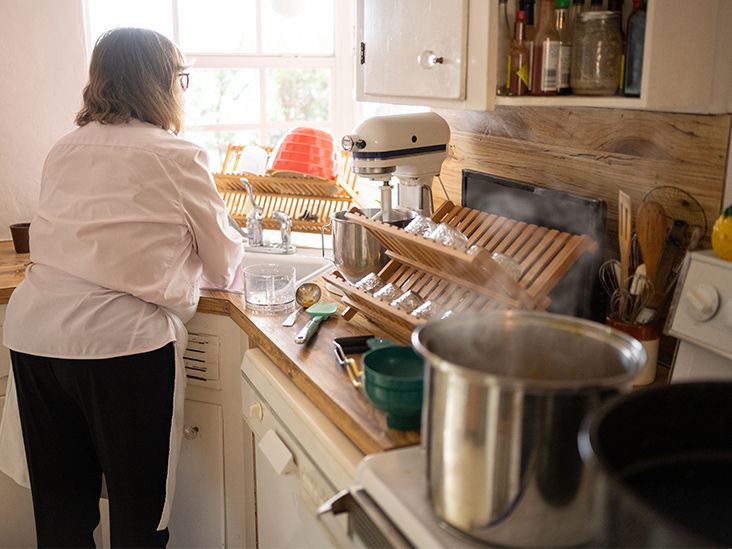Essential Guide to Safe Food and Water Temperature Management
What Temperature Kills Bacteria in Water and Food? 🔗

Proper temperature management is crucial for killing pathogenic bacteria in food and water, which can cause illnesses. Bacteria begin to die at 149°F (65°C), but boiling water for at least one minute is a reliable method for disinfection. Various food items, including undercooked meats, dairy, and raw vegetables, can harbor bacteria like Salmonella and E. coli. To reduce risks, individuals should practice good hygiene, cook food to safe temperatures, and use proper methods for disinfecting water and surfaces. Additionally, fabrics can be sanitized through hot washing and drying.
- Bacteria can begin to die at 149°F (65°C); boiling is more effective.
- Pathogenic bacteria can lead to illnesses from contaminated food and water.
- Safe cooking temperatures vary by food type; for example, poultry should reach 165°F (74°C).
- Disinfecting surfaces and washing high-risk fabrics can help eliminate bacteria.
What temperature kills bacteria in water?
Bacteria can be killed at temperatures above 149°F (65°C), with boiling water for at least one minute being a reliable method for disinfection.
How can I reduce the risk of food poisoning?
To reduce the risk, cook food to safe internal temperatures, wash hands regularly, separate raw meats from other foods, and refrigerate perishables promptly.
What should I do if my water is cloudy?
If water is cloudy, let it settle or filter it through a coffee filter or clean cloth before boiling to ensure proper disinfection.